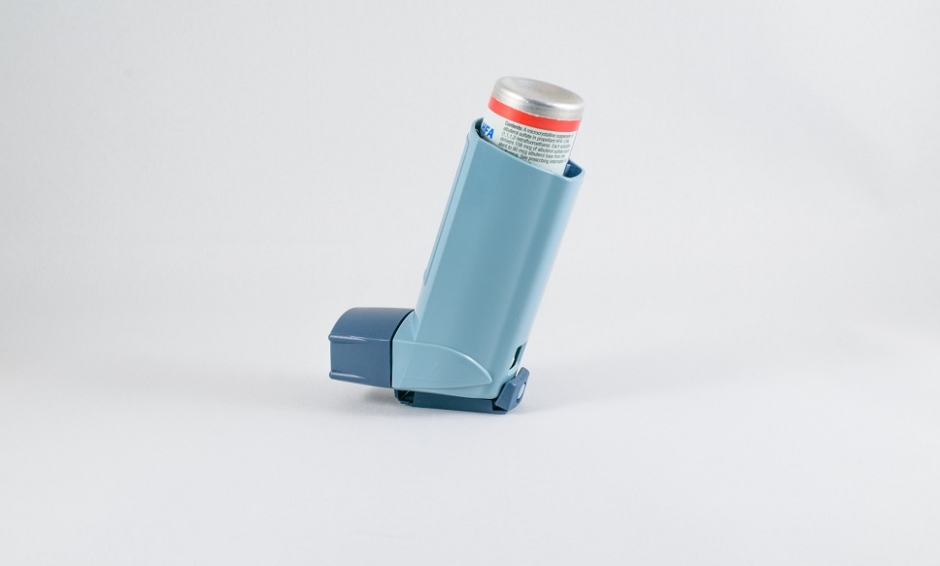A CLUE to understanding sex differences in the development of allergic asthma has been discovered by researchers and is hoped to point to new therapeutic options for treatment of the disease. At present, the current treatments available for severe asthma can have significant side effects and are broad-based. Currently, asthma is a prevalent condition: an estimated 1 in 12 people in the USA are affected; however, there is a sex difference in the development of allergic asthma. Although boys are more commonly affected by asthma than girls, women, after puberty, are twice as likely to be affected compared to men. Furthermore, asthma is typically more severe in women.
Researchers discerned that high testosterone levels protected men from the development of allergic asthma, which was the first time testosterone has been linked to protection against asthma. This protection was as production of innate lymphoid cells (ILC2s) was significantly inhibited by testosterone. ICL2s are an immune cell found in the skin, lungs, and other organs that has been associated with being part of the mechanism for the development of allergic asthma. This is because they produce inflammatory proteins that can respond to common allergic asthma triggers (including dust mites, pollen, and pet hair) by causing lung damage and inflammation. Inhibiting production of ILC2s results in reduced ILC2 levels in the lung, which displays a direct correlation with reduced asthma severity.
One of the study’s lead authors, Prof Gabrielle Belz, Walter and Eliza Hall Institute of Medical Research, Melbourne, Australia, spoke about the possibilities offered by this research finding, stating: “This discovery provides us with a potential new way of treating asthma, by targeting the cells that are directly contributing to the development of allergic asthma. While more research needs to be done, it does open up the possibility of mimicking this hormonal regulation of ILC2 populations as a way of treating or preventing asthma. Similar tactics for targeting hormonal pathways have successfully been used for treating other diseases, such as breast cancer.”
(Image: freeimages.com)







